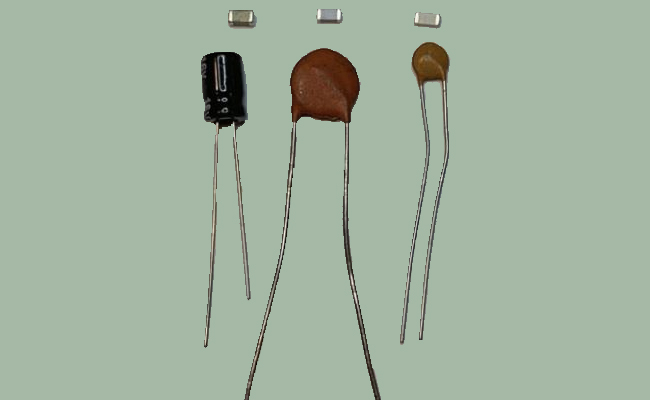
In the realm of electrical engineering, capacitors play a pivotal role in a wide array of applications. From power supply systems to electronic devices, capacitors are indispensable components that store and release electrical energy. Understanding the principle behind a capacitor is crucial for comprehending its functionality and optimizing its usage. In this article, we delve into the intricate workings of a capacitor, shedding light on its fundamental principles and practical applications.
- Capacitor Basics:
A capacitor is a passive electronic component that consists of two conductive plates separated by an insulating material known as a dielectric. The plates store electrical charge, and the dielectric prevents direct current flow between them. Capacitors are characterized by their capacitance, which is a measure of their ability to store charge. This capacitance is determined by the surface area of the plates, the distance between them, and the properties of the dielectric material. - Charging and Discharging:
The principle of a capacitor lies in its ability to store and release electrical energy. When a voltage is applied across the plates, electrons accumulate on one plate, creating a negative charge, while the other plate becomes positively charged. This process is known as charging. The capacitor stores energy in the form of an electric field between the plates. Conversely, when the voltage source is removed, the capacitor discharges, releasing the stored energy. - Time Constants and Capacitor Types:
The time it takes for a capacitor to charge or discharge is determined by its time constant, which is the product of its capacitance and the resistance in the circuit. Different types of capacitors have varying time constants, making them suitable for specific applications. Electrolytic capacitors, for example, have high capacitance and are commonly used in power supply circuits. Ceramic capacitors, on the other hand, have smaller capacitance but offer faster charging and discharging times, making them ideal for high-frequency applications. - Practical Applications:
Capacitors find extensive use in numerous industries and technologies. In power factor correction, capacitors are employed to improve the efficiency of electrical systems by compensating for reactive power. In electronic devices, capacitors stabilize voltage levels, filter out noise, and store energy for backup purposes. Capacitors are also crucial in timing circuits, oscillators, and signal coupling applications. Their versatility and wide range of applications make capacitors an essential component in modern technology.
Conclusion:
The principle of a capacitor revolves around its ability to store and release electrical energy. By understanding the fundamental concepts of capacitance, charging, and discharging, we can harness the full potential of capacitors in various industries. Whether it’s in power supply systems, electronic devices, or timing circuits, capacitors play a vital role in optimizing performance and ensuring efficient energy management. Embracing the complexities of capacitors allows us to unlock new possibilities and drive innovation in the ever-evolving field of electrical engineering.

